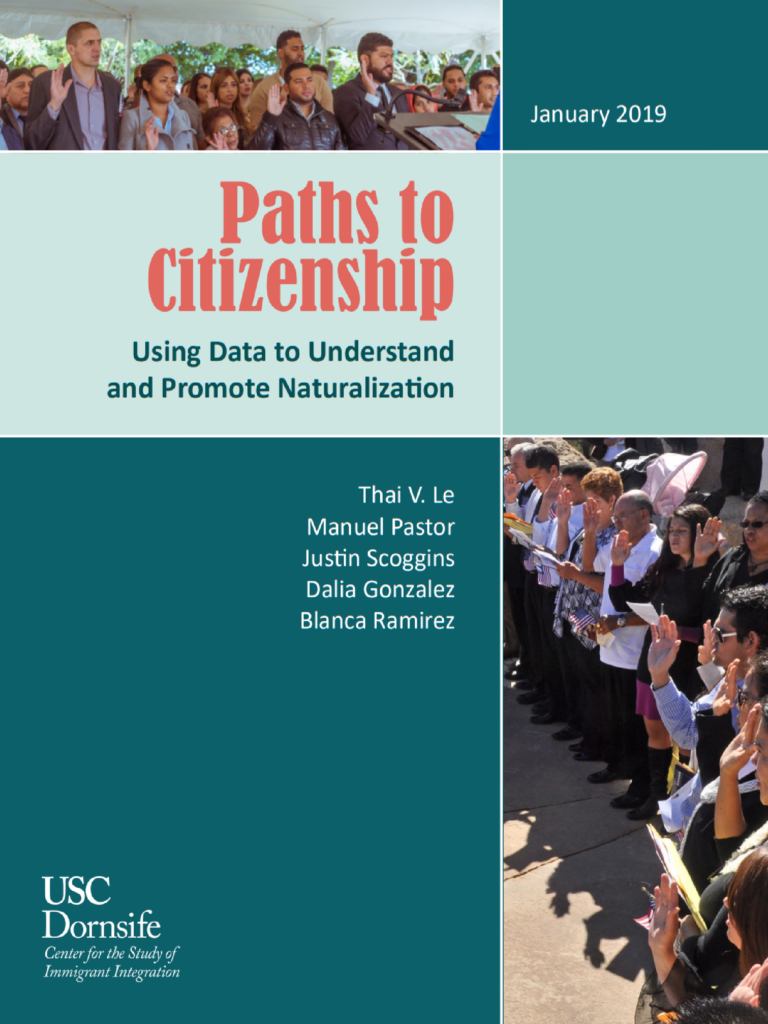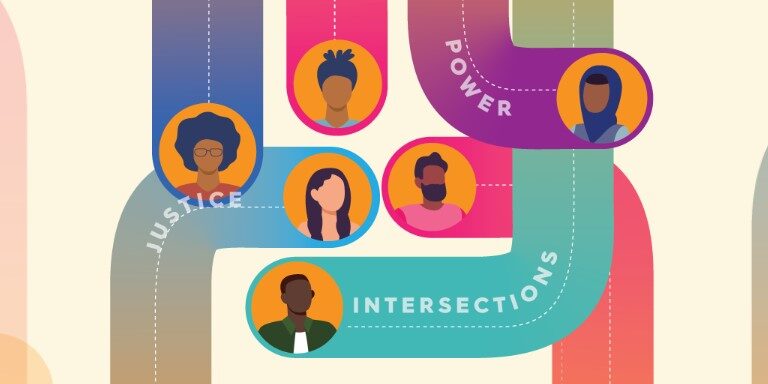
January 22, 2019
By Thai Le, Manuel Pastor, Justin Scoggins, Dalia Gonzalez, and Blanca Ramirez
Please note: reports dated earlier than June 2020 were published under our previous names: the USC Program for Environmental and Regional Equity (PERE) or the USC Center for the Study of Immigrant Integration (CSII).
With the exclusionary tenor of the United States federal government towards immigrants and constant new policy proposals threatening newcomers, immigrant families and immigrant allies are seeking ways to better protect their communities and secure the American Dream for all. Some have begun linking arms with local immigrants’ rights groups, while others have sharply limited their contact with authorities of any type. Many of those who have legal status have become naturalized citizens as a way to become more protected under federal law and to exercise voting rights in order to change the law itself.
Given the context, one would imagine that all eligible immigrants would make the choice to become a U.S. citizen. Yet the number of lawful permanent residents (LPRs) who are eligible to naturalize in the U.S. stands at nearly 9 million and has risen slowly and relatively steadily over the past several years. In Paths to Citizenship, we explore the factors that influence naturalization rates among eligible-to-naturalize adults in the United States, including individual characteristics (such as English language ability, income, and knowledge about the process) and contextual factors (such as the receptivity of the state or region to immigrants and their families).
Infographics with data for the eligible-to-naturalize adult populations in the U.S. The fact sheets feature data on all adults, and those with low, medium, or high probability of naturalizing.
Download reports
Thanks for joining our webinar on January 22, 2019
Participants can download the presentation slides and watch the webinar video below:



